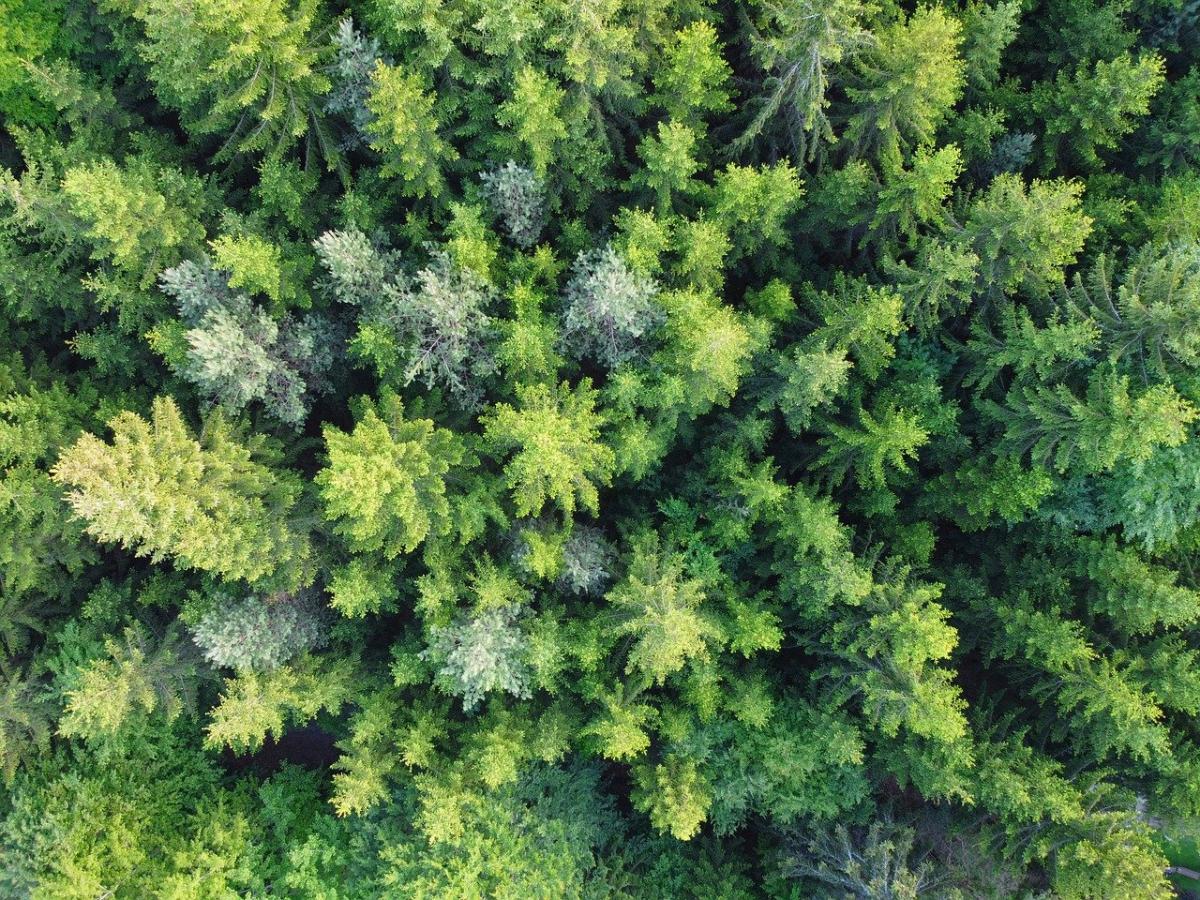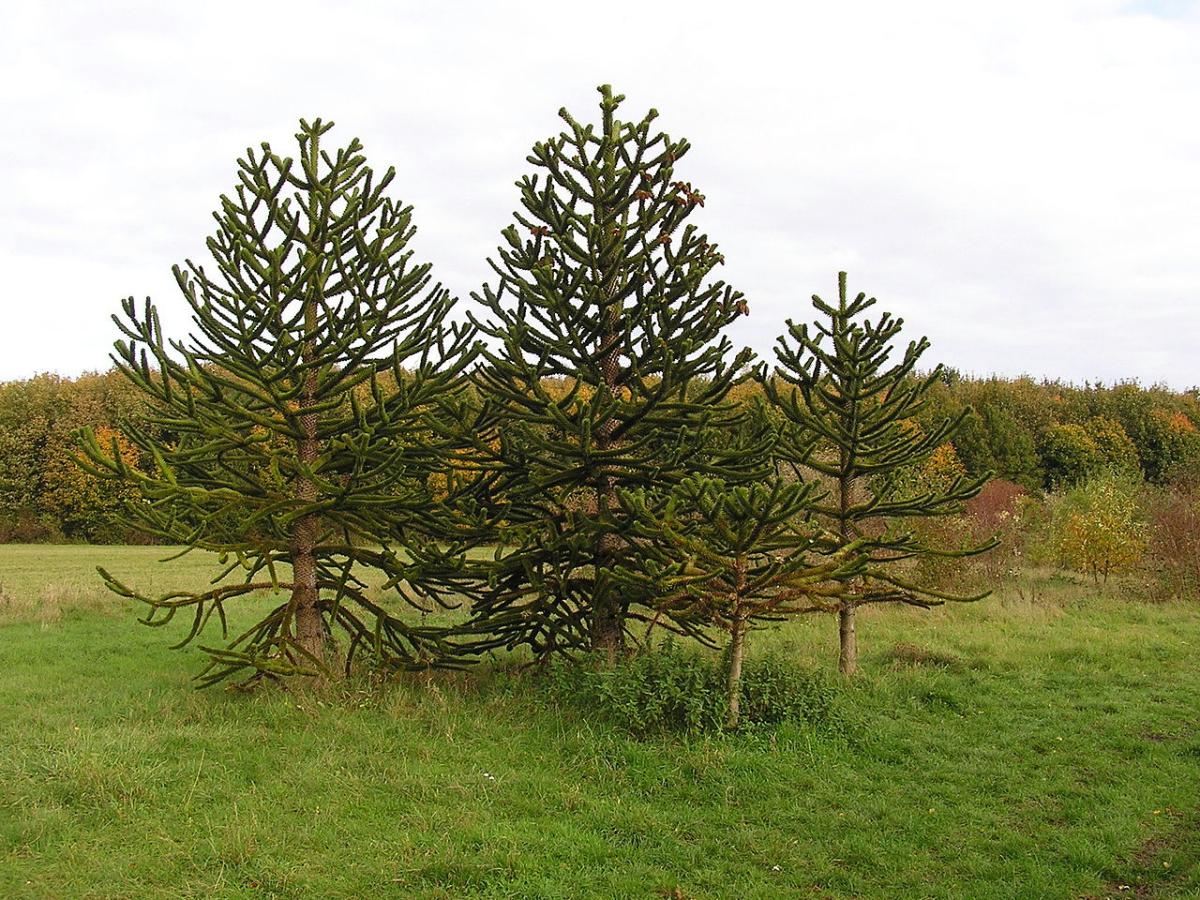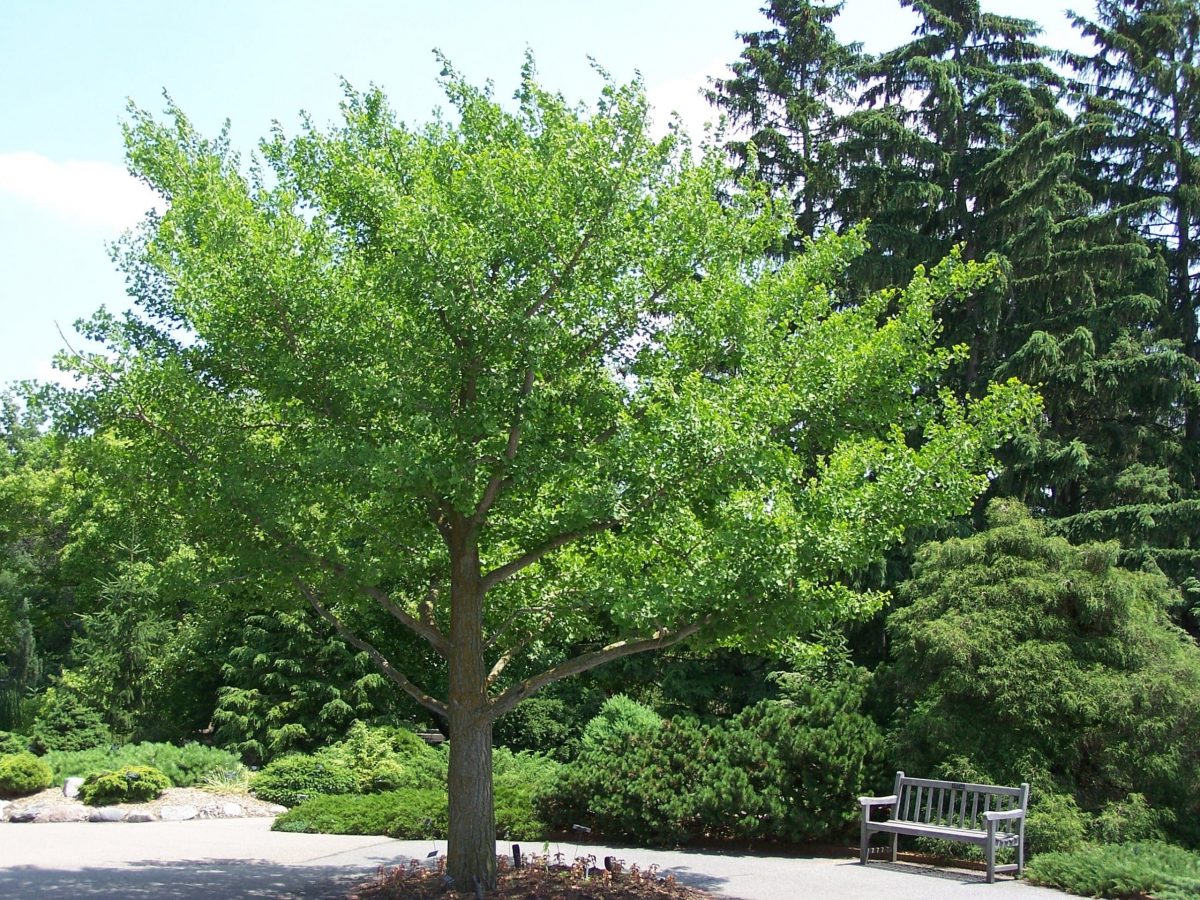
The plants gymnosperms they are the first to appear. Although there is not as much variety as there is of angiosperms, our protagonists belong to the group of those who have managed to conquer places where no flowering plant has managed to survive. In fact, the taiga, which is a coniferous forest found in Europe, covers an area of approximately 16.800.099 square kilometers.
There, the summers are very short and the winters are cold and long. Every year the landscape is covered with snow, and the flora does everything possible to get ahead, to the point that they stop growing until the good weather returns. But that's what gymnosperms are: true survivors. Know its history.
When do gymnosperm plants appear?

Gymnosperms are prehistoric plants, which began their evolution approximately 300 million years ago, during the Mesozoic Era. The most interesting thing is that for about 50 million years they were the only ones on Earth, since the angiosperms, in other words, flowering plants, appeared about 250 million years ago. So we can take for granted that herbivorous dinosaurs were able to taste those primitive species.
During the Permian period, about 300 million years ago, there were a series of climatic changes on the planet that caused the climate to be drier and more arid. With this, the glaciation that had begun during the late Carboniferous ended, with which many species became extinct as they could not adapt to new living conditions. But all this, although it meant the end of many plants, it was the beginning of many of the gymnosperms that we know today.
What are gymnosperms?
The main characteristic of this type of plants are their seeds: they are left unprotected, always, from the first moment in which the ovule of the flower is fertilized until the seed finishes maturing. In addition, the maturation time can be very long, up to three years in some cases.
This means that there is so little variety compared to that of angiosperms; in fact, there are an estimated 15 botanical families, which include about 80 genera and a total of 820 species (There are about 257 thousand species of angiosperms). That is, they are few, but the truth is that they have managed to inhabit almost all regions of the world.
Classification of gymnosperms
Four types are distinguished that have managed to reach our days, and they are:
- cycadidae: or cycads. It is believed that their origin dates back to the Carboniferous, and they are plants similar - not the same - as palm trees, with a trunk that tends to branch and with green and leathery pinnate leaves. As examples we have the Cycas revoluta or Dioon Edule.
- Ginkgoidae: currently there is only the Ginkgo biloba, which is a deciduous tree genetically related to cycads (more information) originally from the Permian.
- Gnetidae: they are somewhat curious gymnosperms, because like conifers they do not protect their seeds, but they do have structures similar to the flowers of angiosperms. Its highest representative is the Welwitschia mirabilis.
- Pinidae: or as they are also known: conifers. They are trees or shrubs that have evolved since the Lower Carboniferous, and that we can find both in tropical forests and in boreal forests. In this group we have the Pinus, Abies, Cupressus, and Taxus, among others.
Examples of gymnosperms
Although we have already mentioned a few, we are going to know some of the species and their characteristics:
araucaria auracana

Image - Wikimedia / MdE
La araucaria or pewén it is an evergreen conifer endemic to Pehuén, in Chile. It grows up to 50 meters in height, and develops a straight trunk up to 3 meters in diameter. It branches several meters from the ground, developing branches with needle-like leaves up to 4 centimeters long. Supports up to -18ºC.
Cycas revoluta

Image - Flickr / brewbooks
Known as cica or false palm tree, it is an evergreen shrub native to southern Japan. It has a trunk about 20 centimeters thick and up to 7 meters high, crowned by pinnate leaves approximately 150 centimeters long. It produces female and male inflorescences in different specimens, the former being larger. Supports up to -7ºC.
Ginkgo biloba
The ginkgo, also known as the tree of forty shields, is a deciduous tree that has existed for 250 million years. It is believed to be native to what is now China, and It is a plant that reaches 35 meters. The trunk is straight, and develops a pyramidal crown composed of green fan-shaped leaves, although they turn yellow in autumn before falling. It produces female and male flowers in different specimens, and the fruit is similar to a drupe, about 2-3 centimeters. Resists up to -18ºC.
Pinea pine

Image - Wikimedia / GPodkolzin
El stone pine it is an evergreen conifer native to the Mediterranean region. It grows up to 50 meters in height on certain occasions, but the normal thing is that it does not exceed 20 meters. Its trunk tends to lean or twist a little over the years. The crown is round and is made up of acicular leaves up to 20 centimeters long. Produces cones with edible pine nuts. Resists up to -12ºC.
Welwitschia mirabilis

Image - Wikimedia / Hans Hillewaert
La welwitschia it is an endemic plant of the Namib desert, in Africa. It is the most curious because It has only two leaves that can be approximately 1 meter long. When it reaches maturity, it produces female or male flowers in different specimens. It does not support cold or frost.
We hope you liked everything we have told you about gymnosperms.
